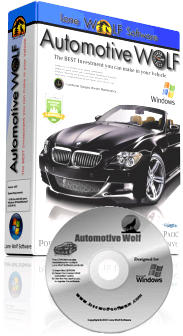The frequency of checking the belts in
your car can vary depending on the make and model of your vehicle,
as well as the specific recommendations provided in the owner's
manual. However, as a general guideline, it is recommended to
inspect the belts during regular maintenance intervals or every 6 to
12 months.
Here are some signs that indicate it's time to check the belts:
1. Mileage or Time Intervals: Follow the manufacturer's
recommended maintenance schedule for your vehicle. This information
is typically outlined in the owner's manual and provides guidelines
for when specific components, including belts, should be inspected
or replaced.
2. Visual Inspection: Regularly inspect the belts for signs
of wear, damage, cracks, fraying, or glazing. Look for any signs of
excessive looseness or tightness. If you notice any issues, it's
advisable to have the belts inspected and replaced if necessary.
3. Squealing or Squeaking Noises: If you hear unusual
squealing or squeaking noises coming from the engine area, it could
be an indication of a worn or loose belt. The noise is often more
noticeable during engine startup or when using certain accessories
like the air conditioning system.
4. Glazing or Shiny Appearance: A glazed or shiny appearance
on the belt surface can indicate belt slippage, which reduces its
effectiveness and may lead to premature wear. If you notice glazing,
it's advisable to have the belt inspected and replaced if needed.
5. Loss of Belt Tension: Belts can become loose over time due
to stretching or normal wear. If you notice that a belt is loose or
has excessive play when gently pressed, it may need adjustment or
replacement.
6. Age of the Belts: Even if the belts appear to be in good
condition, it's important to consider their age. Most belts have a
recommended lifespan, typically around 3 to 5 years, after which
they should be replaced as a preventive measure.
It's worth noting that some newer vehicles have a serpentine belt
that drives multiple components, including the alternator, power
steering pump, and air conditioning compressor. If this belt fails,
it can cause multiple systems to stop working. Therefore, it's
crucial to inspect and maintain these belts according to the
manufacturer's recommendations.
In any case, always consult your vehicle's owner manual or contact a
qualified mechanic for specific guidance on checking and replacing
the belts in your car. |





